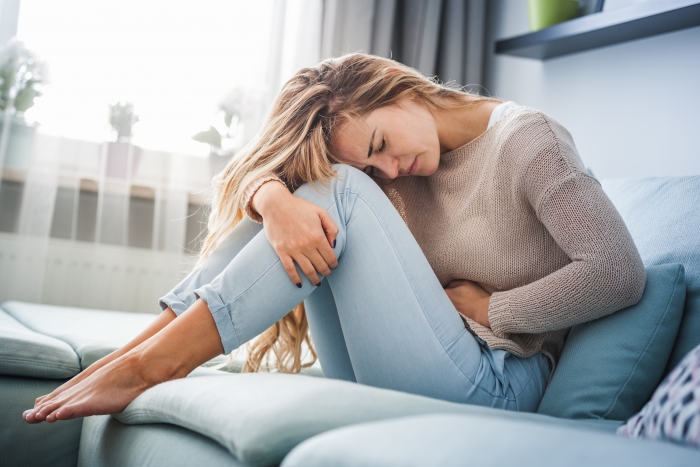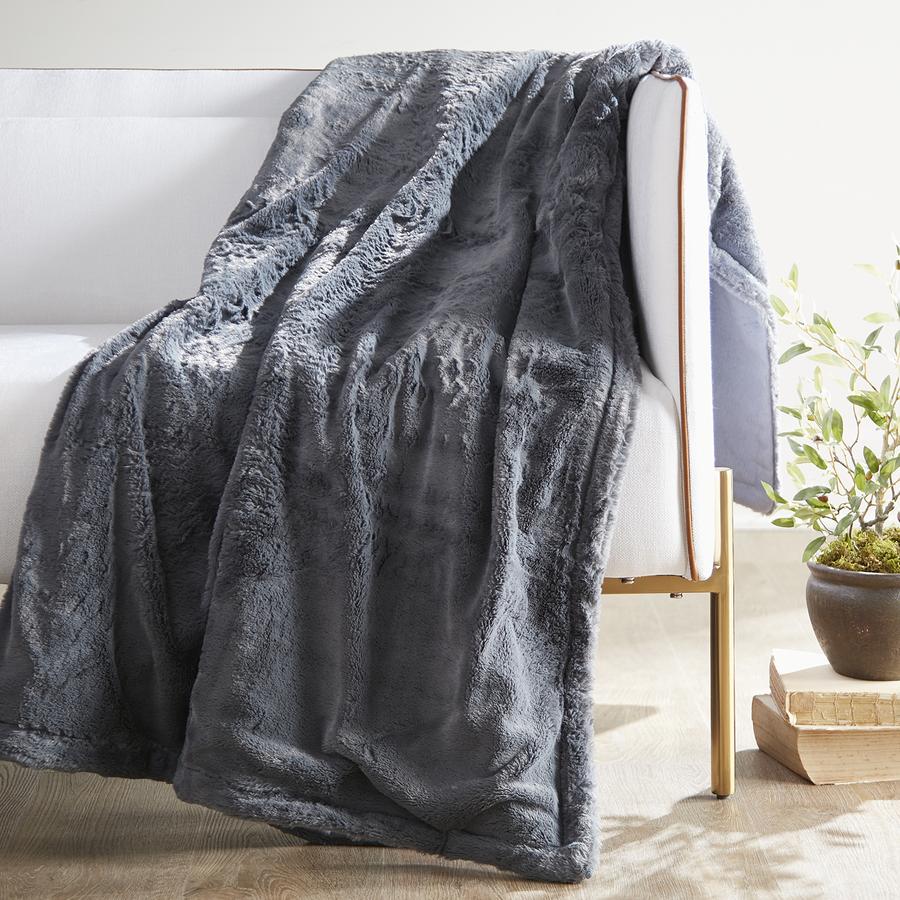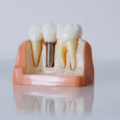Almost all women experience mild cramps, bloating, and irritability during menstruation. But severe period pain, heavy bleeding, serious fatigue, and other symptoms that affect your quality of life are not good signs.
Do you know what causes cramps during your period? This symptom stems from the increased production of prostaglandins, hormones produced by your uterus that make it contract. With strong uterine contractions, the blood supply to the uterus is immediately shut down which deprives the uterus muscle of oxygen and sets up the cycle of menstrual cramps and pain.
Scientists have found that certain conditions like endometriosis and pelvic inflammatory disease are linked to menstrual cramps. Endometriosis can lead to fertility problems. Pelvic inflammatory disease can scar your fallopian tubes, elevating the risk of an ectopic pregnancy. Other risk factors include the use of an intrauterine device (IUD), uterine fibroid tumor, and sexually transmitted diseases (STDs).
If your periods trigger severe pain, visit a pain management clinic or talk to your physician since menstrual pain could indicate a more serious issue. Let’s look at some common reasons for painful menstrual cramps:
1. Pelvic inflammatory disease (PID)
Pelvic inflammatory disease (PID) is an infection that occurs in the female reproductive tract. In most cases, it stems from untreated sexually transmitted infections. Untreated PID can result in inflammation, scarring, painful menstrual cramps, and infertility.
This condition most often occurs due to sexually transmitted infections that cause PID, which can create scar tissue and adhesions in the pelvic area. During periods, hormones affect the uterus and surrounding structures, including the scar tissue. This promotes severe inflammation, bleeding, and pain.
PID is often treated with antibiotics, however, antibiotics won’t undo any structural damage caused by the infection.
2. Uterine fibroids
Fibroids are a common health problem that often goes undetected since they can be completely symptomless. Fibroids range in size from microscopic to large enough to distort the shape of the uterus.
Uterine fibroids can lead to heavy periods and intense pain. The reason behind the pain is that the uterus during menstruation must contract (cramp) to expel the large blood clots that often result from heavy bleeding.
3. Endometriosis
Endometriosis is a health problem in which endometrium-like tissue that’s usually on the outside of the uterus starts to spread throughout the pelvis, including the ovaries, fallopian tubes, bladder, pelvic floor, and in more severe cases, the bowel, diaphragm, liver, lungs, and even the brain.
Experts don’t fully understand why endometriosis leads to menstrual pain. Untreated endometriosis can provoke adhesions, chronic inflammation, and internal bleeding — all of which can lead to excruciating pelvic pain.
4. Copper IUD
A copper IUD is a nonpermanent, non-hormonal type of birth control that can prevent pregnancy for up to 10 years. A copper IUD is placed in the uterus by a licensed healthcare provider. It works by continuously producing copper, which immobilizes sperm and prevents egg implantation.
A copper IUD can make periods heavier and more painful, particularly in the first few cycles after insertion. However, if you have had your copper IUD for years and suddenly develop an intense period pain, it could be another reason. Your IUD is unlikely to be the cause.
5. Adenomyosis
Adenomyosis is similar to endometriosis. But instead of the endometrium implanting itself outside of the uterus, it’s embedded deep within the uterine muscle. Symptoms of this condition include painful central cramps and painful sex. Adenomyosis typically affects women over the age of 30 who have already had children. But it can also occur in teenagers.
6. Uterine defects
Sometimes, during fetal development, the uterus does not form correctly, which can result in infertility, period pain, and painful sex. Women with structural anomalies like a bicornuate uterus, septate uterus, unicornuate uterus, and uterus didelphys experience menstrual cramps due to blockages and membranes dividing the uterus and vagina.









































No Comments